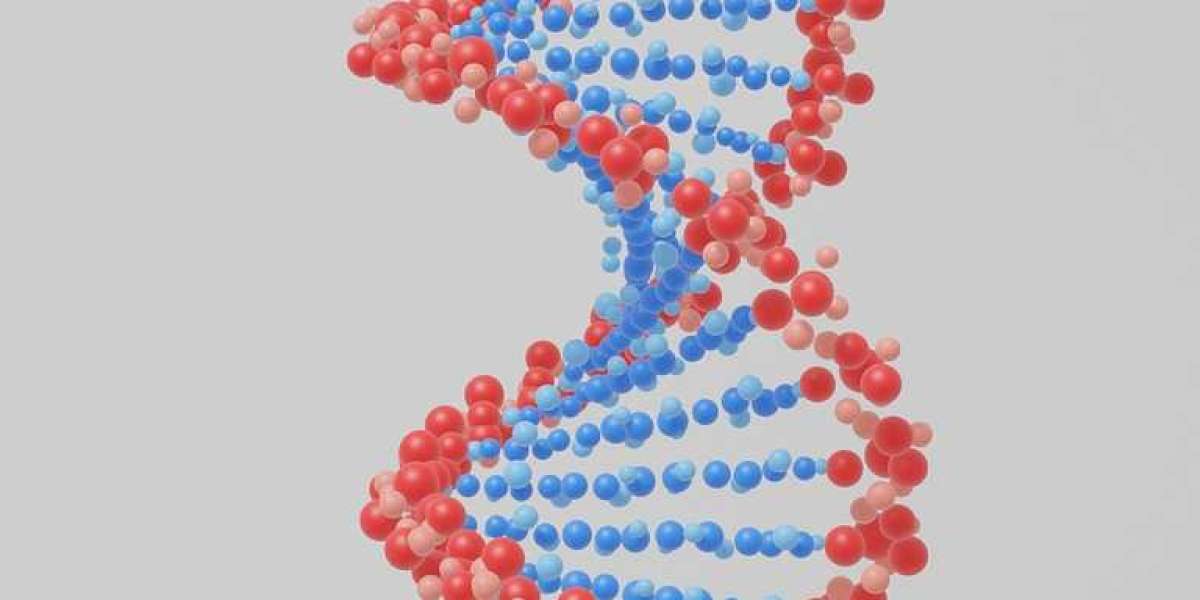These days DNA paternity test results can be delivered with just a simple cheek swab, we've become increasingly fascinated with questions about our biological connections. From individuals seeking to confirm their immediate family ties through a parental DNA test to scientists tracing the broader human family tree, the quest to understand our genetic relationships has never been more compelling. But beyond these immediate family connections lies a far more profound question: Are all humans actually related to one another?
The answer to this question takes us on a remarkable journey through time, space, and the very essence of what makes us human. It is a story written in the chemistry of our cells, spanning hundreds of thousands of years and connecting every person who has ever lived on Earth.
The Molecular Thread That Binds Us
At the heart of our shared ancestry lies the human genome – a complex blueprint of approximately 3 billion DNA base pairs that contains the instructions for building and maintaining a human being. This genetic code is remarkably similar across all living humans, with studies showing that any two people share about 99.9% of their DNA sequences. This astounding similarity is not just a coincidence; it is evidence of our common origin.
Dr. Sarah Richardson, a leading geneticist at the Institute of Human Origins, explains: "When we look at human genetic diversity, what's perhaps most striking is not how different we are from one another, but how remarkably similar we are. This similarity tells us that all modern humans descended from a relatively small population of ancestors who lived in Africa."
The African Origins of Humanity
The story of human relatedness begins in Africa, specifically in the eastern part of the continent, roughly 300,000 years ago. This is where Homo sapiens first emerged, and from where they would eventually populate the entire planet. This "Out of Africa" theory, supported by both genetic and fossil evidence, establishes that all living humans today can trace their ancestry back to this original population.
Recent genetic studies have revealed that this ancient population was relatively small, perhaps no more than a few thousand individuals. This small group carried all the genetic diversity that would eventually spread throughout the human species, making them our collective great-great-great (many times over) grandparents.
The Mathematical Reality of Universal Kinship
The concept that all humans are related might seem difficult to grasp, but mathematics helps explain why it is not just possible – it is inevitable. A phenomenon known as "pedigree collapse" demonstrates that as we trace our ancestry back through time, the number of our ancestors does not continue to double with each generation indefinitely. If it did, by the time we reached just 30 generations back (roughly 800 years), we would each have more ancestors than the total number of humans who have ever lived – which is clearly impossible.
Instead, the same individuals appear in multiple positions on our family trees, meaning that at some point in the past, all humans share common ancestors. Population geneticists have calculated that the most recent common ancestor of all living humans probably lived between 2,000 and 4,000 years ago.
Genetic Markers and Migration Patterns
The story of human relatedness is written in our DNA through various genetic markers that help trace ancient migration patterns and population movements. These markers include mitochondrial DNA, passed down exclusively through maternal lines, and Y-chromosome DNA, inherited only through paternal lines.
Analysis of these genetic markers has revealed fascinating patterns of human migration and intermingling throughout history. For example, every person of European descent carries some Neanderthal DNA, typically between 1-4% of their genome, indicating that our ancestors interbred with this ancient human species as they moved out of Africa.
Modern Implications of Our Shared Ancestry
Understanding our shared genetic heritage has profound implications for how we view ourselves and our relationships with others. Dr. Marcus Chen, a bioethicist at the Global Institute for Human Studies, notes: "The scientific evidence of our common ancestry challenges many of our traditional notions about race and ethnicity. These categories, while culturally significant, have no biological basis – we are all members of one extended human family."
This genetic unity also has important medical implications. Our shared genetic heritage means that studying genetic diseases in one population can provide insights that benefit all of humanity. Additionally, understanding our genetic similarities and differences helps in developing more effective treatments and personalised medicine approaches.
Cultural Perspectives on Human Relatedness
Interestingly, many traditional cultures have long embraced the concept of universal human kinship. Indigenous Australian Dreamtime stories speak of all humans being connected through ancient ancestral beings. Similarly, many African cultures emphasise the concept of "ubuntu" – the belief that we are all connected in an intricate web of human relationships.
These cultural perspectives align remarkably well with the scientific evidence, suggesting that human intuition about our interconnectedness predated our ability to prove it through genetic analysis.
Challenges in Studying Human Ancestry
While the evidence for human relatedness is overwhelming, studying our ancient ancestry presents unique challenges. Ancient DNA is often degraded and difficult to analyse, and many important archaeological sites lie in tropical regions where DNA preservation is poor. However, advancing technology continues to provide new insights.
Recent developments in genetic sequencing and analysis have allowed scientists to extract and study DNA from increasingly older specimens, pushing back our understanding of human origins and relationships. These technological advances have also made it possible to identify previously unknown human species and better understand how they contributed to our modern genetic makeup.
Looking to the Future
As our understanding of human genetics continues to advance, we are likely to uncover even more evidence of our shared ancestry and the complex ways in which human populations have interacted throughout history. This knowledge has the potential to transform how we think about human differences and similarities.
Dr. Richardson concludes: "The more we learn about human genetics, the clearer it becomes that we are all part of one extended family. Our differences, which we often focus on, are really just minor variations in a remarkably similar genetic code. Understanding this should help us appreciate both our diversity and our fundamental unity as a species."
The question "Are all humans related?" can be answered with a resounding "yes." Through careful scientific analysis of our DNA, we can trace our shared ancestry back through time to common ancestors. This understanding of our biological connectedness provides a powerful counterpoint to divisive ideologies and reminds us of our fundamental unity as a species.
As we continue to unravel the mysteries of our genetic past, we gain not just scientific knowledge but also insights that could help shape a more unified future for humanity. Our shared genetic heritage serves as a reminder that despite our surface differences, we are all members of one extended human family, bound together by the invisible threads of DNA that connect us across time and space.













